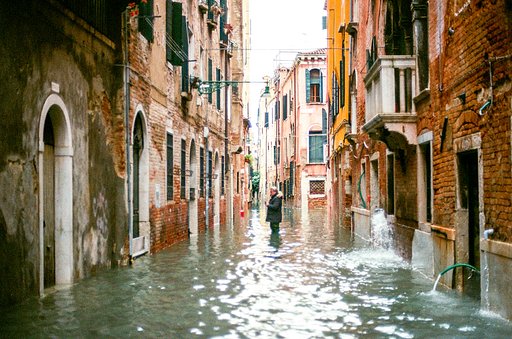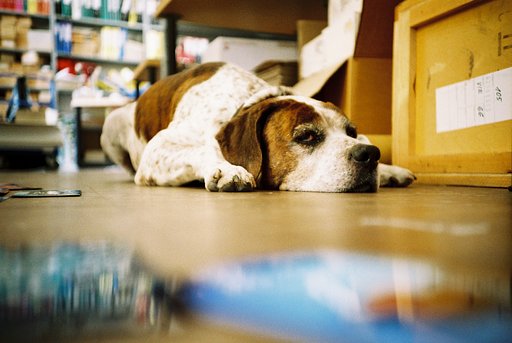Back to Basics: Stop It Up, Stop It Down
8 60 Share TweetWhen you start in film photography, you may be suprised to be constantly told to ‘stop’ it. This isn’t us being mean, it’s a fundamental of photography.

The term stop in photography simply means “a relative change in the brightness of light”. It’s important to understand that this is not limited to the lens’ aperture or the shutter speed, but the film is just as important. Where film is concerned, it becomes the films ability to take or absorb light, but the concept is the same. They exist as a ‘trilogy’.
Regardless of whether we are talking about film, aperture or exposure time, if you adjust by a stop, you are either doubling or halving your current light (and that’s important, as I said it is relative).
This is very simply described with film. If you have a 100 ISO film and you want to increase by a stop, you choose a 200 ISO film, if you want to decrease by a stop, you go down to 50 ISO. I know that isn’t very practical, that you can’t keep changing the films in your camera, but it is a good place to start, as the numbers are simple.
Things get a bit funky with shutter speed, and more so with aperture. So let’s backtrack a bit. Let’s get romatic.

Light a candle. This is your stop of light. Light another, you have gone up a stop. In order to go up two stops you must light 4 candles, three stops you must have 8 candles lit.
We’ve discussed film, let’s take a look at shutter speed. The Diana F+ has a shutter speed fixed at about 1/60 of a second. You can’t change that on a Diana, but lets say you have a Lubitel. With this black beauty you can stop down (half of the original number) to 1/30. Things get a bit weird stopping up, the next up is 1/125. That’s a stop and a tiny fraction of a stop so we’ll ignore that. Stopping up agian takes you to 1/250 etc.

With aperture things get wierd. Aperture is measured in f-stops, which don’t seem to correlate to what I’m talking about. You need to take a deep breath and accept them. What you’ll mostly see is f2.8, f4, f5.6, f8, f11, f16 and f22. For the sake of argument, let’s say f5.6 is one stop less than f8, and f11 is one stop more.
Now let’s bring this all together, take an aperture of f8, a shutter speed of 1/60 with an ISO 100 film. If you changed the settings on an SLR to f11 (up a stop), 1/30 (down a stop) with the ISO 100 film, the resulting photo would be exactly the same.
Change the film to ISO 400 (two stops up) and set the aperture to f22 two stops down) and yet again the result is exactly the same. Balance is obtained. The exposure is the same.

Understanding this measurement is crucial to a photographer who wants to step up their game from point and shoot. It’s the key to so many things. A great example is the Sunny 16 rule. This is immensley useful to Lubitel owners or you on the day your lightmeter breaks. For more information on Sunny 16 see this article I wrote last year.

To finish, I recommend you read this which includes an exposure widget that lets you experiment with exposure settings – very useful to solidify your understanding. Also if you want to know more about the f-stop thing try this but only if you have a passing interest in rocket science.
Next month we put this into practice, as we look at how aperture affects depth of field.

Back to Basics is a monthly Tipster series by Adam Griffiths where he seeks to impart a little more technical film photography knowledge. For each installment, he chooses a fundamental subject and explains it quickly and in simple terms (with examples where possible).
escrito por adam_g2000 el 2012-04-18 #equipo #tutoriales #film #light #camera #aperture #stop #tipster #asa #depth-of-field #iso #regular-contributors #back-to-basics















8 Comentarios